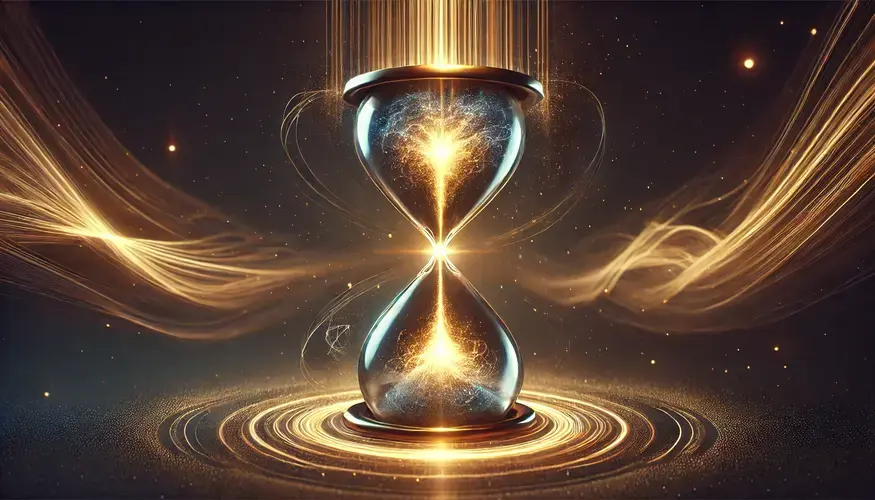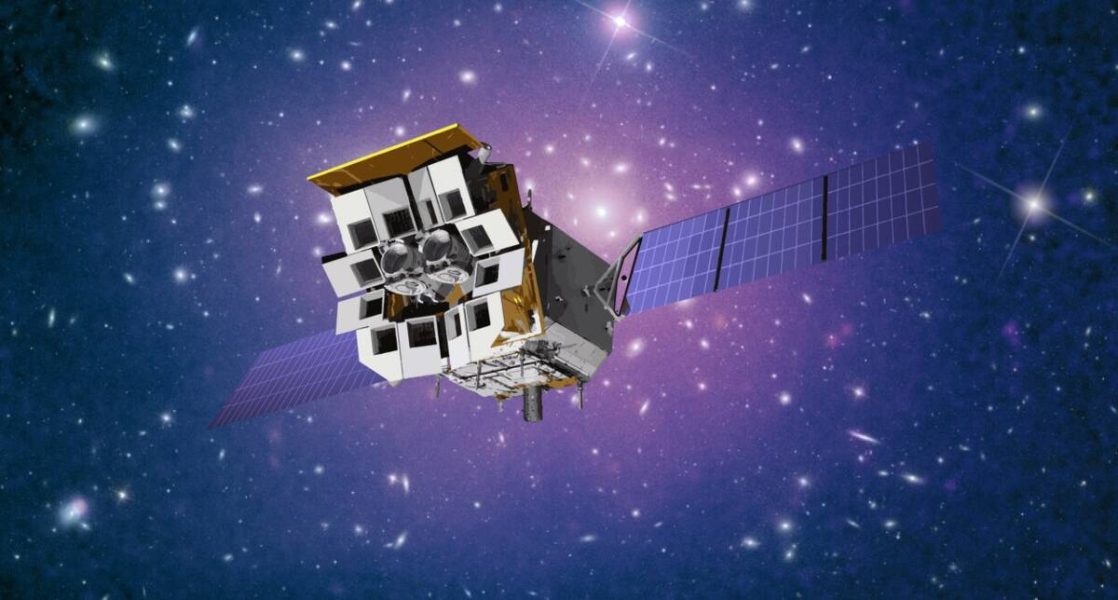Physicists Uncover Evidence of Two Opposing Arrows of Time in the Quantum Realm – The Debrief

New research suggests that time may not flow in only one direction in quantum systems, challenging long-held assumptions about the nature of time and thermodynamics.In an extraordinary breakthrough, physicists at the University of Surrey have uncovered evidence suggesting that, at the quantum level, time does not have a single, forward direction but instead can emerge in two opposing directions. This discovery, detailed in a new study published in Scientific Reports, challenges some of the most fundamental assumptions about time’s nature in physics and could have profound implications for our understanding of the universe.“One way to explain this is when you look at a process like spilled milk spreading across a table, it’s clear that time is moving forward. But if you were to play that in reverse, like a movie, you’d immediately know something was wrong – it would be hard to believe milk could just gather back into a glass,” study co-author and professor of Physics and mathematical biology at the University of Surrey, Dr. Dr Andrea Rocco, explained.“However, there are processes, such as the motion of a pendulum, that look just as believable in reverse. The puzzle is that, at the most fundamental level, the laws of physics resemble the pendulum; they do not account for irreversible processes,” Rocco added. “Our findings suggest that while our common experience tells us that time only moves one way, we are just unaware that the opposite direction would have been equally possible.”The notion of time flowing inexorably forward is an intricate part of the human experience. We remember the past, not the future. We can witness destruction but never spontaneous restoration. This perceived one-way direction or “asymmetry” of time is what physicists call the “arrow of time.” However, the fundamental laws of physics, including classical and quantum mechanics, do not distinguish between past and future. According to these laws, time can flow as naturally backward as it can forward, yet our reality insists on a distinct direction.Traditionally, the arrow of time has been associated with entropy, the measure of disorder in a system. According to the second law of thermodynamics, entropy in an isolated system always increases, making this process one of the few that is truly irreversible. This principle has long been used to explain why time flows in a single direction.However, the question remains: does this principle arise from fundamentally time-symmetric laws? The study, conducted by Dr. Thomas Guff, Dr. Chintalpati Umashankar Shastry, and Dr. Andrea Rocco, focused on open quantum systems—quantum entities interacting with their environment. These interactions are typically described using equations that include assumptions about how time flows. Previous approaches suggested that time-reversal symmetry is broken in quantum systems, giving rise to a single arrow of time. However, the researchers found that when the Markov approximation—a commonly used simplification in quantum mechanics—is applied correctly and symmetrically, the resulting quantum dynamics do not break time-reversal symmetry. Instead, their findings suggest that quantum systems can evolve toward equilibrium both forward and backward in time. Simply put, rather than one dominant arrow of time emerging, there are two opposing arrows, each pointing away from a central point. This means that if we observe a quantum system from what we perceive as “the present,” we might see two diverging paths—one where entropy increases into the future and another where entropy increases into the past.“The surprising part of this project was that even after making the standard simplifying assumption to our equations describing open quantum systems, the equations still behaved the same way whether the system was moving forwards or backwards in time,” Dr. Guff explained. “When we carefully worked through the maths, we found that this behavior had to be the case because a key part of the equation, the ‘memory kernel,’ is symmetrical in time.”The discovery could have far-reaching implications. If two opposing arrows of time exist in quantum systems, physicists must reconsider how time is defined in thermodynamics. For instance, the second law of thermodynamics, which governs entropy increase, may not be an absolute rule but a consequence of an initial choice of time direction.In cosmology, the findings offer a new perspective on the nature of time at the moment of the Big Bang. Some physicists have previously speculated that time’s arrow could have originated from a highly ordered initial state of the universe.
See Also
Middle Aged Men Most Likely to Die from Sex
The new study hints at a possibility where the Big Bang might have given rise to two opposite arrows of time, meaning that another universe could exist, mirroring ours but running in the opposite temporal direction.These recent findings bring us closer to answering one of the biggest mysteries in physics: why time moves the way it does. They suggest that the apparent directionality of time may not be an inherent property of the universe but rather a feature that emerges under specific conditions.Furthermore, this research could have experimental implications. If quantum systems do, in fact, exhibit bidirectional time evolution, physicists may be able to devise experiments that detect signatures of opposing time arrows. Such experiments could revolutionize our understanding of time’s role in quantum mechanics and lead to new quantum technologies that leverage this time symmetry.While the study could be a critical step toward unraveling the true nature of time, many questions still remain. How do these two arrows interact in more complex quantum systems? Could these findings bridge the gap between quantum mechanics and relativity? And is it possible that, at the most fundamental level, time itself is just an emergent property rather than an essential dimension of reality?Ultimately, these recent findings suggest that the nature of time could be far more intricate than we ever imagined, and we may only be scratching the surface of its true complexity.“We speculate that these results may reflect on the cosmological arrow of time,” researchers concluded. “If so, this would imply that two opposing arrows of time would have emerged from the Big Bang, which would account in turn for the maintenance of time-reversal symmetry despite the ensuing dissipative nature of the universe.”“We would happen to live in one of them, where dissipation and entropy increase are common experience, but unaware of the existence of the other alternative possibility.”Tim McMillan is a retired law enforcement executive, investigative reporter and co-founder of The Debrief. His writing typically focuses on defense, national security, the Intelligence Community and topics related to psychology. You can follow Tim on Twitter: @LtTimMcMillan. Tim can be reached by email: tim@thedebrief.org or through encrypted email: LtTimMcMillan@protonmail.com






